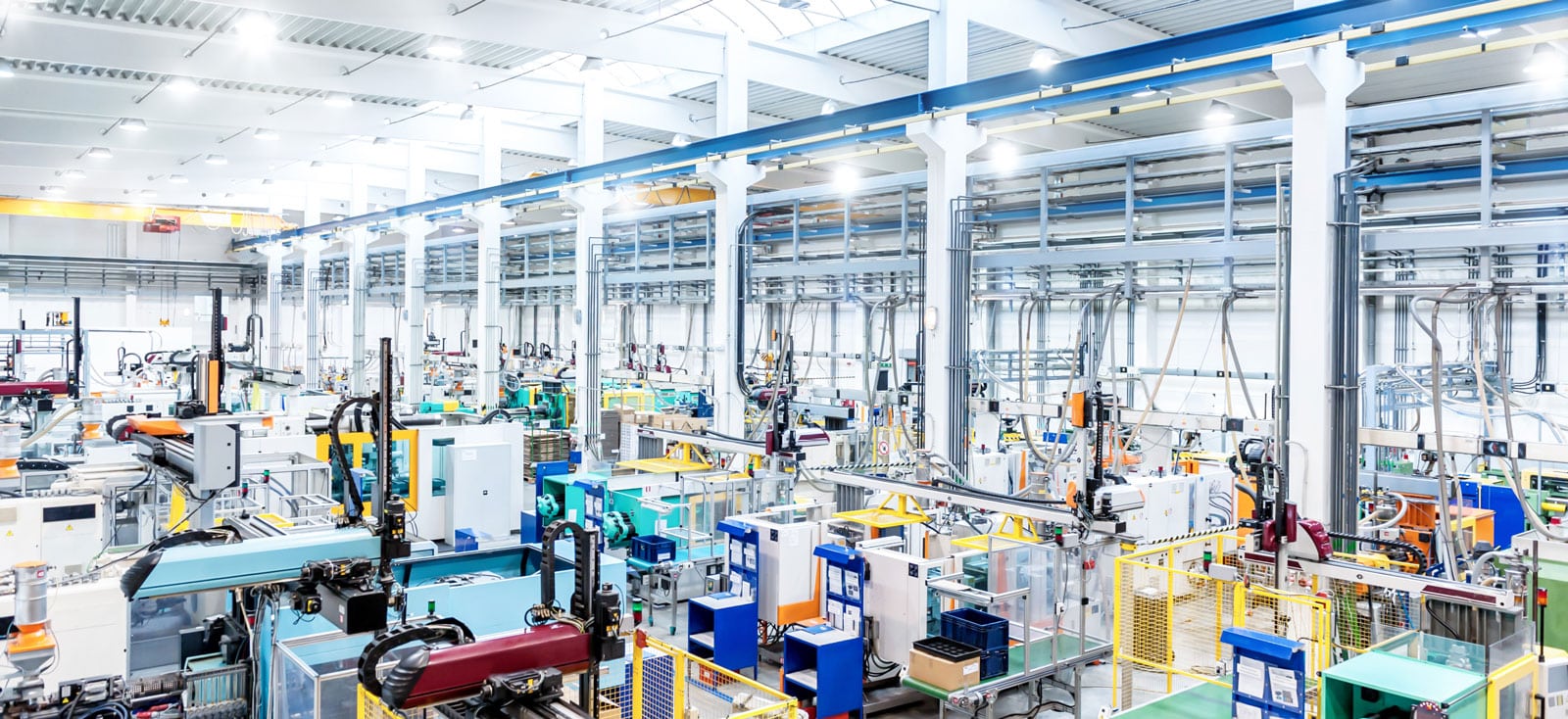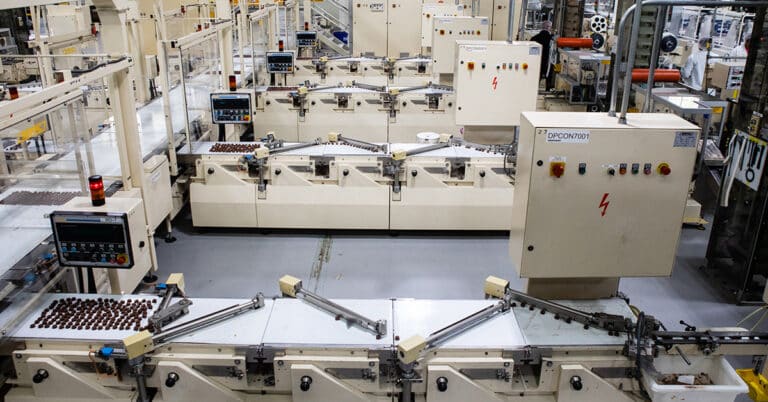Scheduled maintenance and unscheduled maintenance are part of the normal operations of an industrial facility. However, when considering scheduled vs. unscheduled maintenance, there is a clear difference in the way each type of procedure affects productivity, efficiency, machine service life and output quality.
Scheduled maintenance is planned for a specific time and scenario. Unscheduled maintenance, on the other hand, is a more reactive approach that is utilized when a component or machine has stopped working. We’ll look at each type in more detail below and explain why scheduled maintenance is a more practical option for those looking to improve their facility’s overall operations.
Benefits of scheduled maintenance
Scheduled maintenance — also referred to as “preventive maintenance” by equipment manufacturers or maintenance professionals — offers production equipment numerous benefits. Overall, scheduled maintenance represents a strong return on investment in the form of time, money and resources saved compared to reactive or unscheduled maintenance. Scheduled maintenance includes tasks (both inside and outside factory settings) like:
- Oil changes
- Filter changes
- Equipment lubrication
- Cleaning
- Calibration
- Visual inspection of components such as belts, with replacement as necessary
- Control optimization
A planned maintenance schedule can occur, on a time-based schedule or a usage-based schedule. In most facilities, both will almost certainly be necessary. Scheduled maintenance practices can also include a number of predictive maintenance initiatives, such as temperature and vibration monitoring. By utilizing predictive technologies during scheduled maintenance downtime, maintenance teams identify other potential problems well before they cause production issues. While the planning window is shorter in these scenarios, this type of maintenance provides much more flexibility in terms of when maintenance will occur, allowing time to plan a line shutdown and gather materials for the most efficient downtime possible. By following these practices, facilities can see the following benefits:
- Less unplanned downtime: Unplanned downtime will inevitably happen in an industrial facility, but a scheduled downtime for maintenance approach can ensure that said downtime is minimal, planned, and aimed to prevent more downtime. It is far preferable to plan downtime to allow for more accurate production scheduling, alternate methods of production (if needed) and improved preparation for maintenance personnel.
- Faster maintenance: Unplanned shutdowns are frequently a scramble. Plant leadership must act quickly to ensure the right people, equipment, technologies and procedures are available to remedy the issue. Every second wasted searching for these components is production time lost. With planned downtime, personnel are ready to get to work as soon as equipment is stopped, and production gets back on track as soon as the routine maintenance is completed.
- Lower maintenance costs: Planned maintenance allows for more control over spare parts inventory management and will vastly reduce the need for emergency replacement part fulfillment, which can drive up the cost of a repair or replacement exponentially. In addition, planned maintenance can reduce or eliminate the need for unplanned overtime to complete an unplanned repair. It will also protect your equipment investment more effectively than reactive maintenance, allowing for more efficient production planning — which will also save money over time.
- Improved equipment performance: In a reactive, unscheduled maintenance plan, machines and components are run to failure. Leading up to this failure, tons of wear and tear is happening to all the components of the machine, causing it to break down more frequently over time. This will create a domino effect as machine after machine continues to wear down, causing more unplanned downtime and a need for more reactive maintenance procedures. Scheduled maintenance ensures that equipment is running at peak performance for as long as possible, and allows for maintenance personnel to give the machine the breaks it needs for inspection and repair.
In most cases, for the above reasons, scheduled maintenance is the approach of choice. There are some scenarios, however, in which unscheduled maintenance is not only acceptable, but is preferable. More on those, below.
Scheduled maintenance examples
There are many types of equipment in your facility that can benefit from following a planned maintenance schedule. For example, your building’s HVAC system requires regular tune-ups including changing filters and inspecting fans for signs of wear. Keeping up with these on a regular basis ensures you always get the best performance out of your systems.
Is unscheduled maintenance ever ok?
In short, yes. There are scenarios where scheduled maintenance may be inefficient or unnecessary. A couple of questions can determine whether a reactive, unscheduled approach is suitable for a particular operation or component:
- Is the repair fast and easy to execute? If so, preventive maintenance may be unnecessary, since downtime for these types of repairs will be minimal. An example of this type of maintenance might be filter replacement.
- Does the component or operation play a critical role in part quality? If failure of a piece of equipment will lead to damaged or rejected parts, it is considered critical to your core operations. These components should be high on your list for preventive maintenance. If a part can fail without affecting the finished part, however, it may be suitable for reactive maintenance.
Examples of unplanned maintenance include reactive tasks, which occur when a piece of equipment breaks down without warning. Corrective maintenance is performed when machinery doesn’t perform within the desired specifications, while opportunistic maintenance is done when an unscheduled stoppage in production presents the chance to work on equipment.
Preventive maintenance with ATS
As experts in the industrial maintenance field for over three decades, maintenance professionals at ATS understand that preventive maintenance is often seen as a “nice to have” that can be put off until there is time to plan and implement it. That’s why we’ve helped hundreds of manufacturers across the globe turn their reactive maintenance approaches to efficient, preventive maintenance operations. Let us help you create a scheduled maintenance program that will allow you to reap the benefits listed above. For more information about all our factory maintenance services, contact us today. Our representatives are standing by ready to discuss your needs and maintenance goals.






